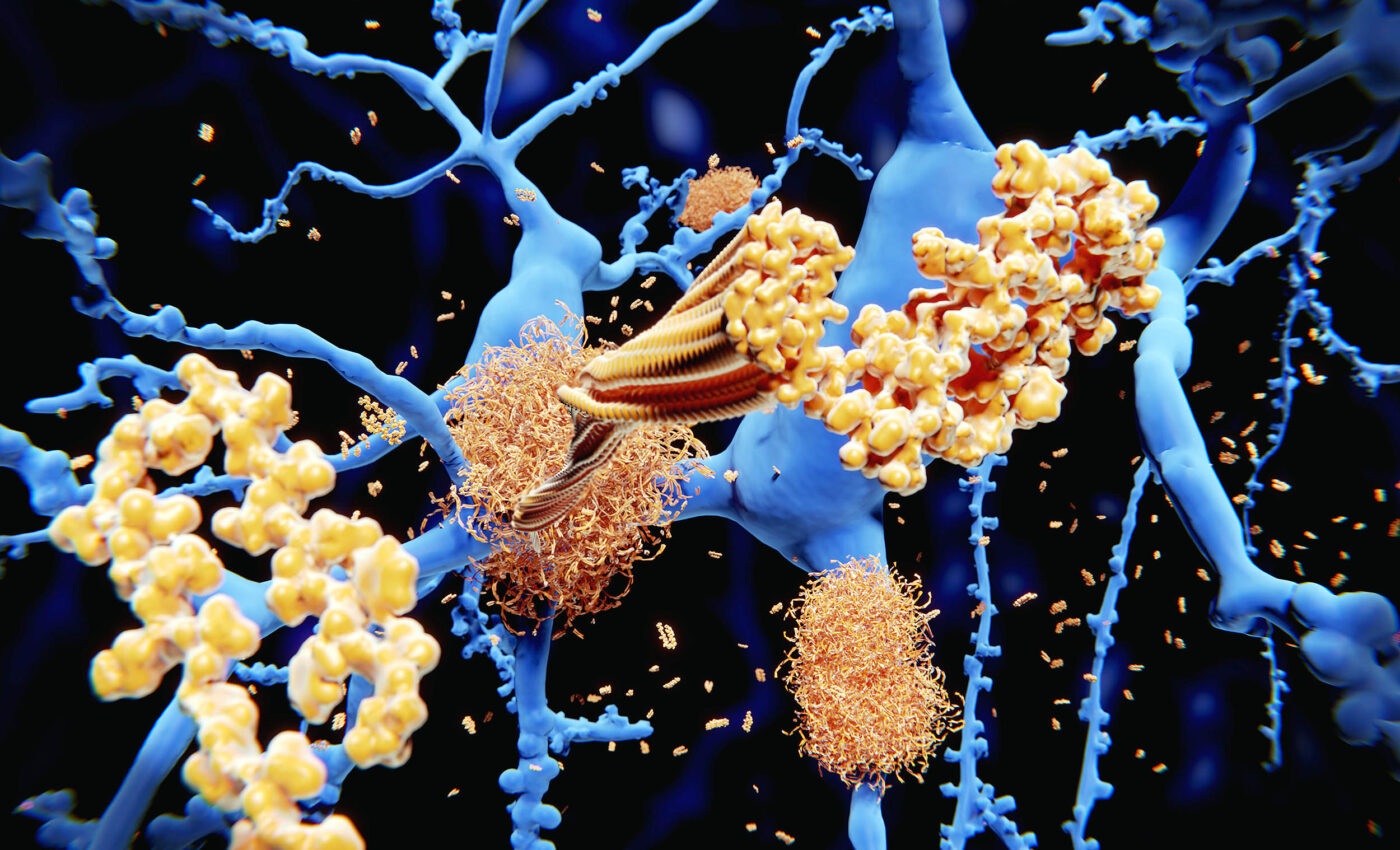
Scientists identify the earliest biomarker of Alzheimer's disease
University of Illinois Urbana-Champaign scientists have made an important discovery in Alzheimer’s disease research, identifying a neural-specific protein, PSD-95, as the earliest biomarker yet for the condition.
This finding, derived from studies on a mouse model, not only sheds light on the initial stages of neurodegeneration but also highlights PSD-95 as a potential focal point for future research, early diagnosis, and treatment strategies.
Alzheimer’s earliest biomarker: The role of PSD-95
Lead researcher, Professor Nien-Pei Tsai of the Department of Molecular and Integrative Physiology, and his team have observed that an increase in PSD-95 levels is linked to the seizures seen in the early phases of Alzheimer’s. By inhibiting this protein in mice, they were able to slow both the onset and progression of these seizures.
The significance of PSD-95 came to light as Tsai’s group examined mice genetically modified to produce more amyloid-beta proteins, which clump together to form brain plaques characteristic of Alzheimer’s.
Their research ventured into an earlier phase of the mouse’s life than previously studied, a period before any other markers or abnormalities were known to occur.
“We aimed to identify early indicators that could potentially lead to an earlier diagnosis and slow the disease’s progression,” Tsai explained. “Given Alzheimer’s irreversible nature, any delay in onset or progression could significantly enhance patients’ quality of life.”
PSD-95 and the science of synapses
The elevation in PSD-95 was first noted in neuron cultures, then confirmed in live mice. PSD-95 plays a crucial role in attracting receptors to the synaptic surface, where neurons communicate.
Tsai believes that the increased levels of PSD-95 contribute to brain hyperexcitability, a condition preceding and exacerbating the neurodegeneration seen in Alzheimer’s patients, marked by an increased susceptibility to seizures.
Further research solidified PSD-95’s role in this process. Upon inhibiting PSD-95 in mice, the team observed reduced receptor activity at synapses, fewer seizures, and decreased mortality from seizures, suggesting that PSD-95 significantly contributes to the brain’s hyperexcitability in early Alzheimer’s stages.
“This makes PSD-95 not only a potential early biomarker for Alzheimer’s but also a target for early intervention strategies,” Tsai remarked, hinting at the possibility of antibody inhibitors for PSD-95 as a treatment option in the disease’s early stages.
Future of Alzheimer’s research and patient care
The team is now looking to collaborate with clinical researchers to see if their findings in mice correlate with human Alzheimer’s patients.
They also plan to explore the interactions between PSD-95 and other receptors on the synaptic surface. These include the NMDA receptor known for its role in neural cell death in Alzheimer’s, to understand better the potential of PSD-95 inhibition in mitigating other symptoms or stages of the disease.
This research marks a promising step forward in the fight against Alzheimer’s, offering new insights into early diagnosis and the development of targeted treatment approaches that could one day transform patient care.
The full study was published in the journal EMBO Reports.
—–
Like what you read? Subscribe to our newsletter for engaging articles, exclusive content, and the latest updates.
Check us out on EarthSnap, a free app brought to you by Eric Ralls and Earth.com.
—–













